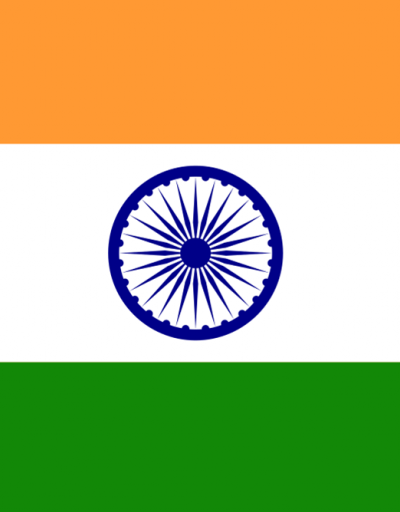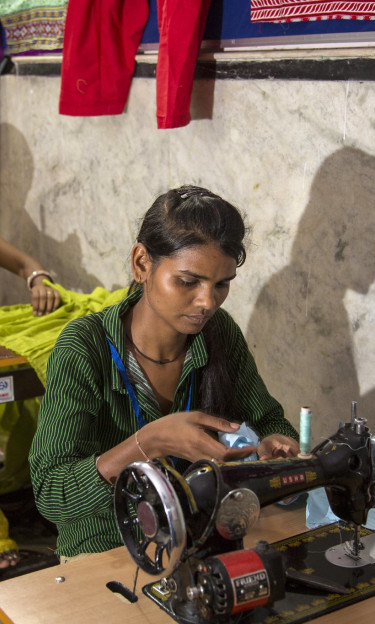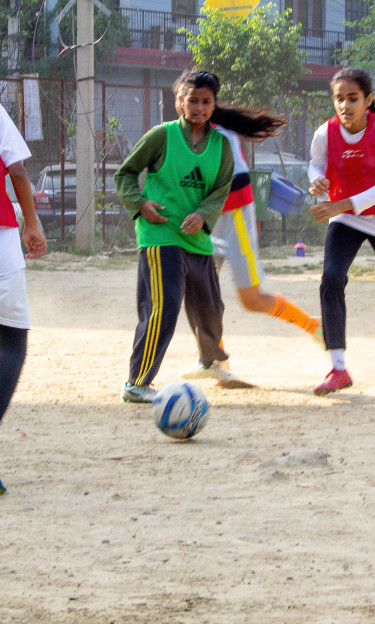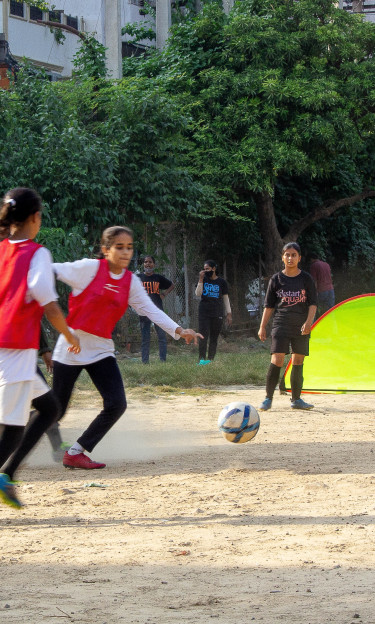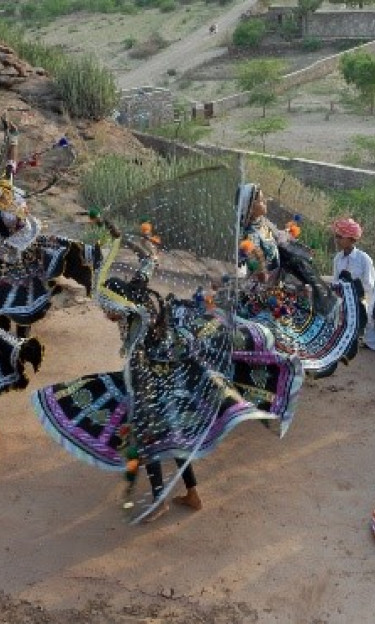As part of the Festival of Cultures of the Biennale of Luanda 2021, discover the cultural content proposed by India!
Enjoy your visit!
Published annually, the ‘State of the Education Report for India' is one of the flagship publications of UNESCO's New Delhi Cluster Office. The third edition entitled 'No Teacher, No Class: State of the Education Report for India, 2021' focuses on the theme of teachers, teaching and teacher education. It attempts to provide an understanding of key aspects of the teaching profession, provides a profile on the teaching workforce of nearly 9.7 million, as well as the challenges they have encountered due to COVID-19 related to their teaching routine and professional development.
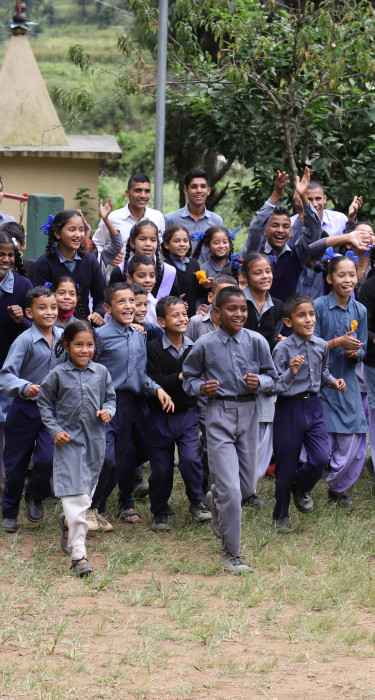
The second edition of the State of Education Report, a flagship publication of UNESCO's New Delhi Cluster Office, focused on technical and vocational education and training (TVET). India's often cited demographic dividend, the aspirations of its youth and the skill requirements of the growing economy all hinge on a well-functioning TVET system for achieving an inclusive and equitable growth that will propel the country to the next phase of socio-economic development.
UNESCO aims to build global momentum to end bullying in schools by raising awareness of the issue and sharing ways to address and eliminate it. The safety and security of a child provides him/her with a secure learning environment. Watch this short film on Anita as she raises her voice against violence. The film was jointly produced by the National Council of Educational, Research and Training (NCERT) in India.
UNESCO launched this programme across India to create water conservation awareness, in partnership with the National Mission for Clean Ganga, the United Schools Organization (USO), Water Digest and India-based global animation organisation Toonz Media Group. The initiative encouraged school students aged between 6 and 14 years of age to submit story ideas for animated short films to raise awareness on water conservation and its sustainable use. Watch the three winning entries:
The 'Listen to Her' film, supported by UNESCO, UNFPA, UNICEF, UNICEF and the South Asia Foundation (Mandanjeet Singh Foundation) creatively confronts issues that many women are grappling with during the COVID-19 pandemic in India, including an unprecedented increase in their workload and, at times, domestic violence, providing insights to strengthen engagement and a highlight solutions including helplines.
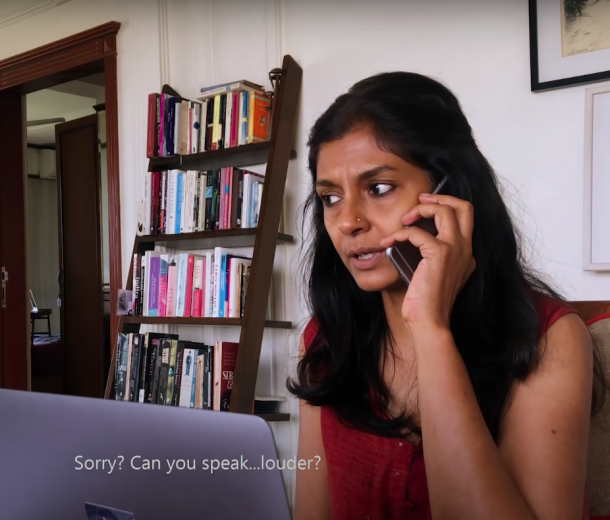
UNESCO New Delhi's groundbreaking report entitled ‘Transforming MEN-talities', focuses on gender equality and masculinities in India. The study sets out a vision and actions to tackle the persistent gender-based inequalities that women and girls face throughout their lives and aims to demystify gendered social roles and their origins.
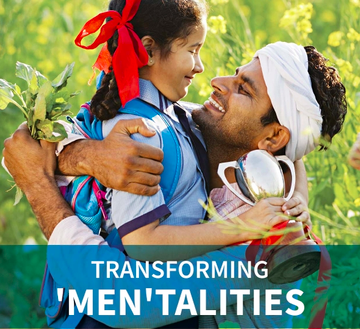
The campaign, set within the framework of UNESCO’s global ResiliArt movement, was designed to promote awareness of the status of artists in India and South Asia (#ResiliArtSouthAsia) and to call upon solidarity with artists who have been affected by the COVID-19 pandemic. It features short videos from four eminent artists: Ms Geeta Chandra, Padma Shri Awardee Indian Classical Dancer; Mr Sanjoy Roy, Founder and Managing Director, Teamwork Arts; Ms Nandita Das, Indian actor and director; and Mr Arjun Sagar Gupta, Founder and Director, the Piano Man Group.
The Indian Hotels Company Limited (IHCL) and UNESCO are coming together to promote sustainable tourism inspired by intangible cultural heritage, keeping local communities at the forefront and encouraging their means for sustainable development through inclusive tourism. IHCL, as one of India's largest hospitality enterprises, and UNESCO, as the leading international agency with a dedicated mandate on culture, aim to develop ‘immersive’ tourism experiences that focus on intangible cultural heritage bearers, practitioners and local communities.
Watch the videos:
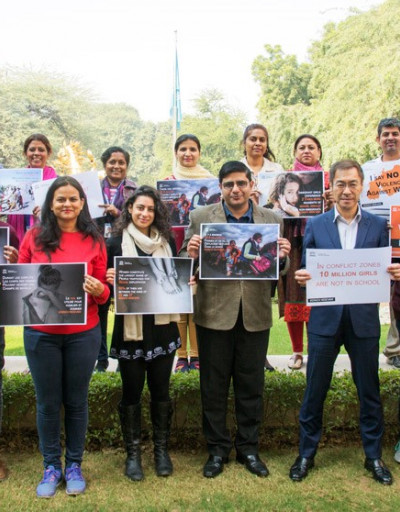
UNESCO has a long history of promoting Community Radio (CR) as a medium of the people, by the people and for the people. This publication is being produced by UNESCO New Delhi at an opportune time when the world is witnessing the devastating effects of COVID 19 pandemic. It also includes infodemic, misinformation and disinformation which has brought the spotlight on the critical role fo media, such as CRs, must play to ensure that only credible content that is fact-checked and verified is made public.

Discover Indian folklore and traditional arts:
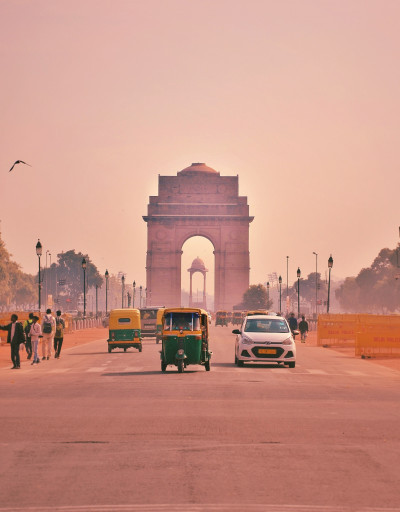
Disclaimer
The ideas and opinions expressed on this page are those of the Member State; they do not necessarily represent the views of UNESCO and the Organization hereby declines all liability. The designation employed and the presentation of material throughout the National Pavilion or this webpage do not imply the expression of any opinion whatsoever on the part of the Organization, concerning the legal status of any country, territory, city or area of its authorities, or concerning its frontiers or boundaries.



